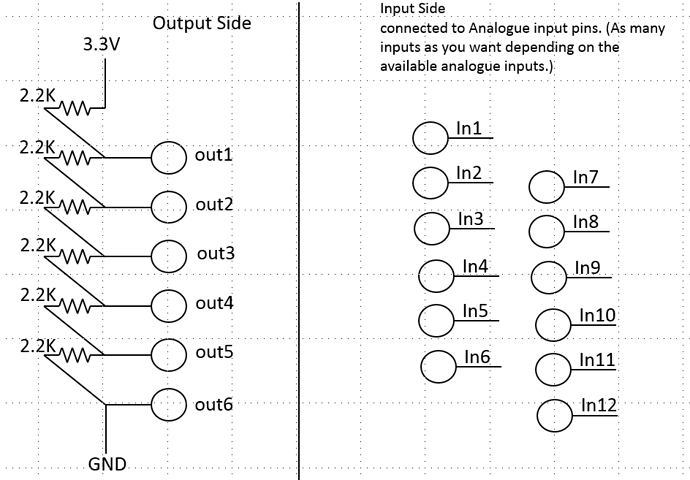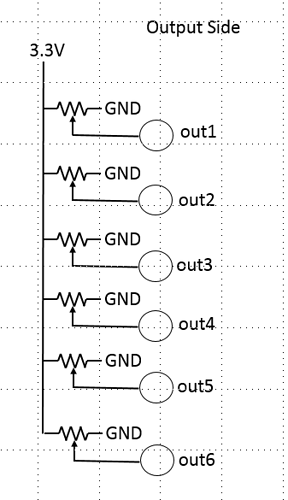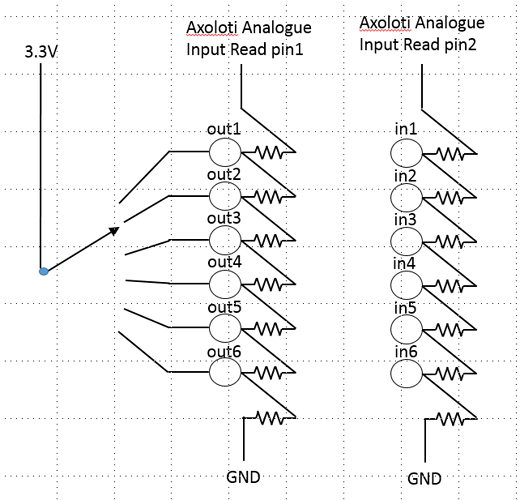Dear Smasho,
This confuses me.
What I understood until now is that switching to live mode means that one sends the software to the Axoloti but that all th eknobs in the main screen can then still be controlled by either screen input , amnalog input or MIDI input. Of MIDI I am sure and Mathew Tyass's video tutorial seems to indicate that anlog input is also possible.
What you write however seems to imply is that one cannot tweak the software on the screen in the Live mode and at the same time do the same for assigned parameters via the analog and digital inputs on the card!
If that is right it would be a major bummer because that would automatically card-input-wise, lead to an OR situation in stead of an EITHER / OR situation, basically only leaving the possibility of combining the Live mode with a MIDI controller.
Is that right?
The rest what you say is basically what I already tried to describe. Axoloti wil not use the actual analog signals but interpret them by measuring them and convert them to the right binary code.
The in/output sheet seems to indicate only the PAS and PA4 board connections can be used as analog outs, thus at best leading to a bit of a lobsided situation of 13 analog inputs against only 2 outputs. Making the use of a hardware patchfield for the Axoloti itself rather unpractical indeed.
Well let's say it would indeed be rather akward to do external patching since everything can already be done wihtin the software. Which sort of brings me back to the conclusion that one can better use the analog inputs for other things.
But if one insists patching could still play a part, for instance by patching signals from an external modular system into the Axoloti, assuming the right voltages are fed in of course.






 ) , basically the GPIO , would just connect digital OUT to digital IN(s) , and then each digital out woud send a unique digital signature , such that the input would know to which output it was connected.
) , basically the GPIO , would just connect digital OUT to digital IN(s) , and then each digital out woud send a unique digital signature , such that the input would know to which output it was connected.
